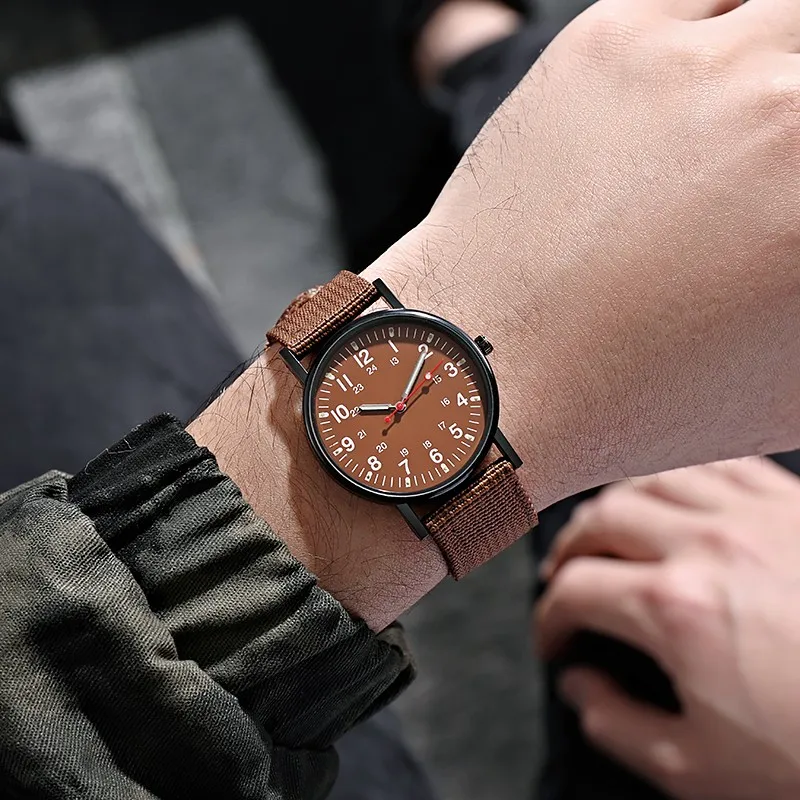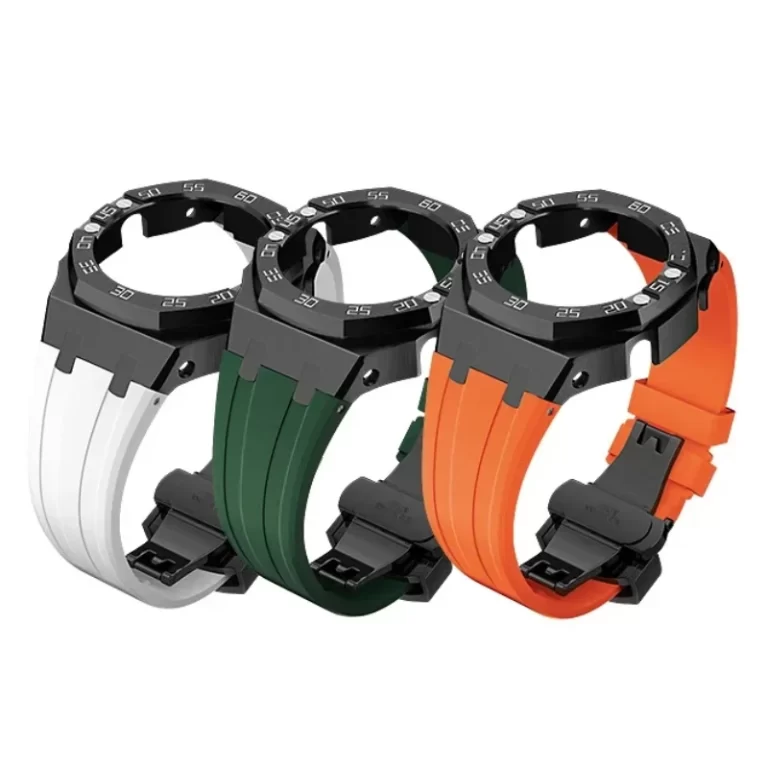Introduction
Wearing a watch is more than just checking the time; it’s also about style and comfort. A watch can enhance your outfit and express your personality. However, the placement of a watch on your wrist plays a significant role in how it looks and feels. Understanding where should a watch sit on your wrist can make a big difference in your overall appearance and comfort level.
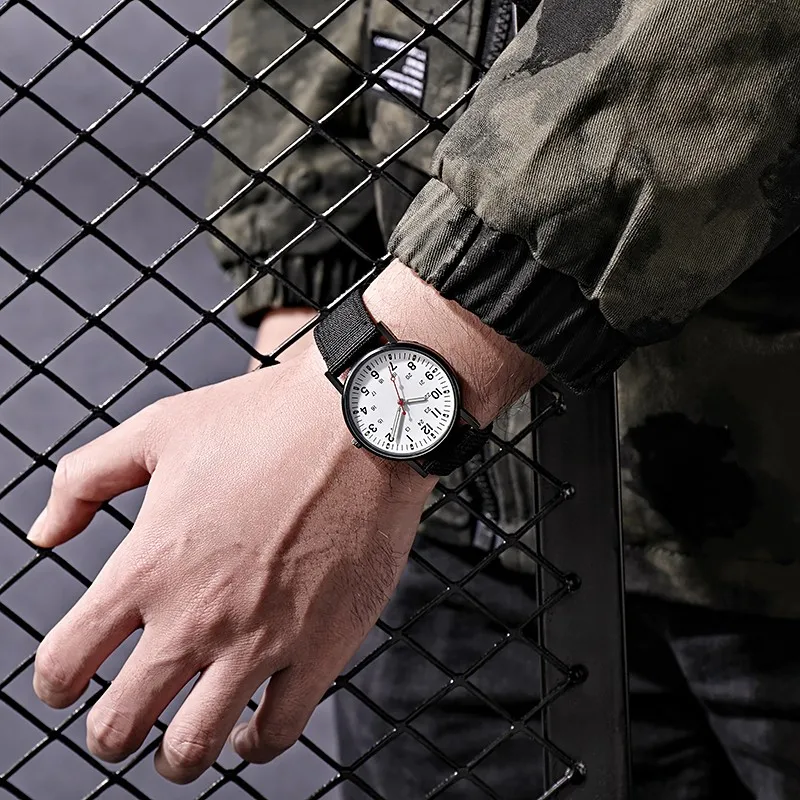
Understanding Wrist Anatomy
The Structure of Your Wrist
Before we dive into where a watch should sit, let’s look at the anatomy of your wrist. The wrist consists of several bones and joints that allow for movement and flexibility. It connects the hand to the forearm and comprises various tendons and ligaments. This structure supports both strength and mobility.
When you wear a watch, it interacts with this anatomy. The position of the watch can affect your range of motion. If the watch sits too low or high, it may hinder your wrist’s natural movement. Additionally, the watch should not press uncomfortably against the skin. An understanding of wrist anatomy helps you select the best spot for your watch.
Types of Wrists
Not all wrists are the same. Some people have thin wrists, while others have thicker ones. The size of your wrist can influence where you choose to wear your watch. For instance, a thinner wrist may require a smaller watch face for balance. Conversely, a larger wrist might look better with a bigger face.
Your personal style and preference also matter. Some people like to wear their watches snugly, while others prefer a looser fit. Understanding your wrist type can help you determine the best watch placement. This knowledge allows you to make informed choices about watch size and fit.
Where Should a Watch Sit?
The Ideal Position
So, where should a watch sit on your wrist? Generally, a watch should sit just above the wrist bone. This area provides a stable base for the watch without restricting movement. When positioned correctly, the watch will be comfortable and easy to read.
You also want to ensure that the watch does not slide too far up your arm. If it sits too high, it can be difficult to see and may get in the way. A good rule of thumb is to position the watch about one finger width above the wrist bone. This placement offers a perfect balance between style and comfort.
Adjusting for Different Styles
Different watch styles may require slight adjustments in placement. For example, a sports watch often sits a bit lower on the wrist for comfort during physical activities. This allows for greater freedom of movement. On the other hand, a dress watch typically sits higher and closer to the wrist bone. This positioning is more elegant and refined.
Consider your daily activities when choosing where to wear your watch. If you engage in sports or manual labor, a looser fit may be more comfortable. If you are dressing up for an event, a more fitted style could elevate your look. Always adapt the watch’s position according to the occasion.
Comfort and Fit – Key Considerations
Finding the Right Size
Comfort extends beyond just placement. The size of the watch itself is crucial. A watch that is too big may slide around, while one that is too small may pinch the skin. Measure your wrist size to find a watch that suits you well. Most brands provide sizing guides. You can also visit a store to try different styles and sizes.
The watch band is also an important consideration. Materials vary from leather to metal to nylon. Each material has its own feel and comfort level. Leather, for example, tends to mold to the wrist over time, while metal may feel cooler against the skin. Choose a band that complements your watch size and personal comfort.
Strap Length Matters
The length of the strap plays a vital role in how the watch fits on your wrist. If the strap is too long, the watch may slide around, which can be annoying. If it’s too short, it may dig into your skin. Adjustability is key here. Look for watches with adjustable straps or links. This feature allows you to customize the fit for maximum comfort.
Always check that the watch feels secure but not too tight. You should be able to slide a finger between the strap and your wrist comfortably. If the watch feels too loose, it may move around too much, affecting your ability to read the time.
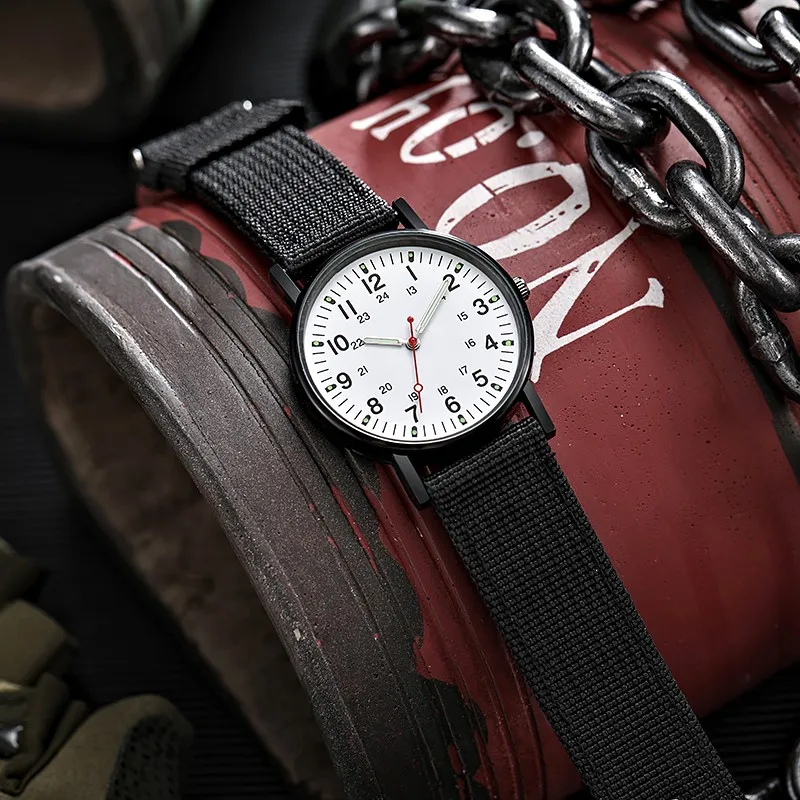
Style and Personal Preference
Choosing the Right Watch for You
The type of watch you choose should reflect your personal style. Casual wear usually pairs well with sportier watches, while formal attire might call for something more elegant. Your watch can be a statement piece or a subtle accessory. Whatever your choice, ensure that it matches your lifestyle and wardrobe.
Some individuals prefer bold designs, while others opt for simplicity. Choose a watch that resonates with your personality. A watch can be a conversation starter or a reflection of your taste. Don’t hesitate to experiment with different styles until you find what works for you.
Color and Material Choices
Color and material also influence how a watch looks on your wrist. Silver, gold, and rose gold all offer different aesthetics. Leather straps can give a classic vibe, while metal bands lean towards modernity. Think about what colors and materials suit your skin tone and wardrobe.
When wearing a watch, consider the rest of your accessories. Match metals and colors to create a cohesive look. For example, if you wear silver jewelry, a silver watch will complement your style. Pay attention to these details to ensure your watch enhances your overall appearance.
Practical Tips for Wearing a Watch
Daily Habits and Activities
Consider your daily habits when deciding where to wear your watch. If you work at a desk, a snug fit may suffice. However, if you’re active throughout the day, a looser fit could provide more comfort. Adjust the placement based on your routine.
For those who engage in strenuous activities, consider investing in a durable, sporty watch. These watches are designed to withstand movement and impact. They often sit lower on the wrist, providing a secure fit that doesn’t interfere with activities.
Experimenting with Different Positions
Don’t be afraid to experiment with different watch placements. Try wearing your watch higher or lower on your wrist to see what feels best. Some people even wear their watches on the opposite wrist for a unique look. What matters is finding a position that balances comfort and style.
Take note of how each position affects your daily activities. A comfortable fit can enhance your experience, while an awkward placement may be distracting. Listen to your body and adjust accordingly.
Final Thoughts: Wearing Your Watch with Confidence
Embracing Your Individual Style
Ultimately, where your watch sits on your wrist is a personal choice. Embrace your individual style and preferences. Whether you prefer a snug fit or a looser style, choose what makes you feel confident. A watch should enhance your look and make you feel good about yourself.
Your watch can be an extension of your personality. From casual outings to elegant events, it can elevate your style. Pay attention to placement and fit to ensure that you feel comfortable and confident.
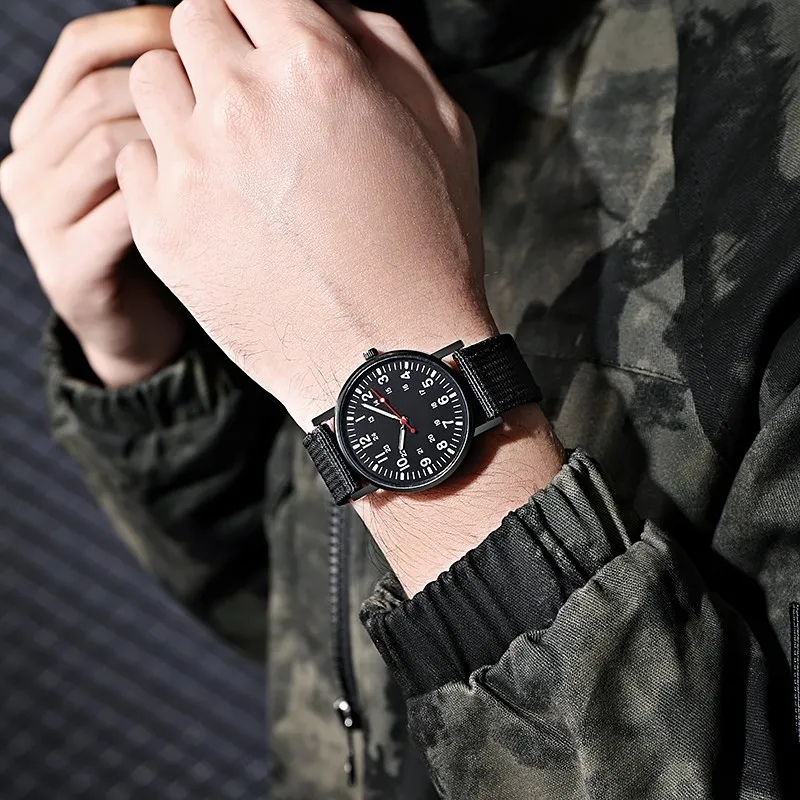
The Importance of Confidence in Style
Confidence is key when wearing any accessory. When your watch sits correctly on your wrist, you naturally feel more assured. This confidence radiates through your posture and interactions. A well-chosen watch can complete your ensemble and showcase your taste.
In conclusion, take the time to find the perfect position for your watch. Experiment with different styles and placements until you discover what works for you. Once you find that sweet spot, wear your watch with pride. It’s not just about telling time; it’s about expressing who you are.
